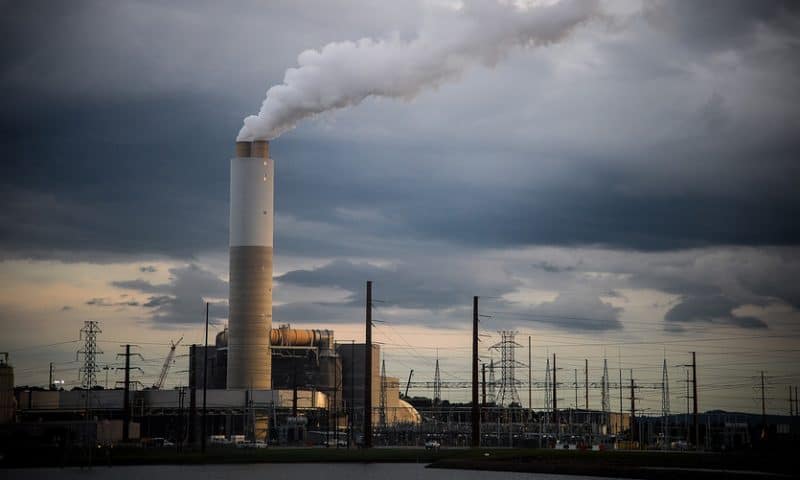Consumption up 10% despite increasing climate change concerns
WASHINGTON — Americans burned a record amount of energy in 2018, with a 10% jump in consumption from booming natural gas helping to lead the way, the U.S. Energy Information Administration says.
Overall consumption of all kinds of fuels rose 4% year on year, the largest such increase in eight years, a report this week from the agency said. Fossil fuels in all accounted for 80% of Americans’ energy use.
That’s despite increasingly urgent warnings from scientists that humans are running out of time to stave off the harshest effects of climate change by cutting greenhouse gas emissions from consuming coal, oil and natural gas.
A 2018 National Climate Assessment involving scientists from 13 government agencies and outside experts warned that climate change already “presents growing challenges to human health and quality of life, the economy, and the natural systems that support us.”
Last month was the second hottest March globally on record with an average temperature of 56.8 (13.8 degrees Celsius), nearly 2 degrees warmer than the 20th century average, behind only March 2016, according to the National Oceanic and Atmospheric Administration.
Alaska had its warmest March by far, nearly 16 degrees above normal and 3.7 degrees warmer than the previous record set in 1965.
“Globally, the long-term pattern, of which March 2019 is an exclamation point … is almost entirely related to increased greenhouse gases,” said Deke Arndt, climate monitoring chief for NOAA’s National Center for Environmental Information.
This week’s report says the 2018 weather led Americans to turn on their furnaces and air conditioners more often. With the U.S. shale oil and gas boom helping make natural gas increasingly affordable, and with more power plants running on natural gas, natural gas consumption by the national electrical grid rose 15% from 2017, the energy information agency said.
Renewable energy consumption also hit a record high, led by a 22% jump in the use of solar power, the agency said.
Chris Field, a climate scientist and director of the Stanford Woods Institute for the Environment, says the EIA’s breakdown of last year’s energy use shows the U.S. has abundant fuel — but lacks the kind of policy levers that would make sure it’s clean renewable fuels that Americans burn as energy demand rises.
“Renewables are increasingly rapidly, but not as rapidly as necessary to drive down total emissions,” Field said.
Coal consumption fell for a fifth straight year nationally, flailing in market competition against natural gas and renewables despite pledges from Donald Trump, as a candidate and then as president, to bring back the coal industry and coal jobs.
The Trump administration has played down the peril from climate change. Environmental Protection Agency chief Andrew Wheeler said last month that “most of the threats from climate change are 50 to 75 years out.”
Trump and his government have encouraged increased oil, gas and coal development in the country overall, saying they want the U.S. to be independent and globally dominant in energy production.

